Reactive Silencers
Silencers is an acoustic filter to reduce acoustic energy. There are two type of silencers. One is dissipative by the dissipation of acoustic energy in the materials or the internal structures of the material. Another is reactive by making use of the wave reflection due to the impedance mismatch in an expansion chamber.
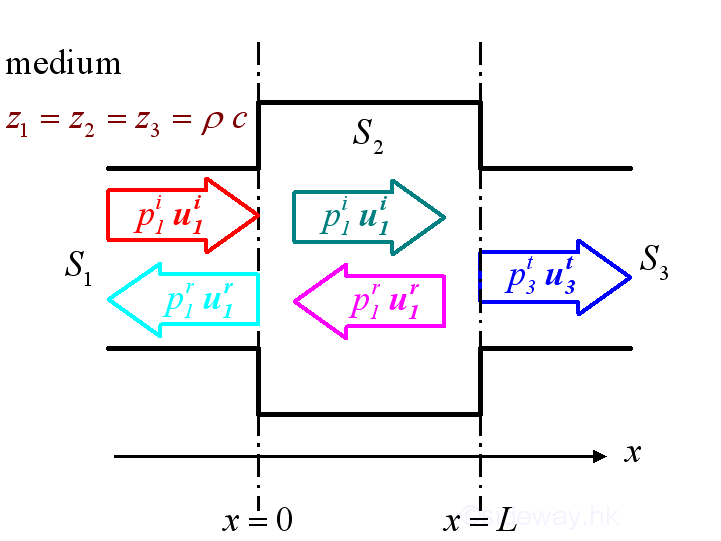
Assumptions
Assumptions are made to simplify the model. The flow velocity of the gas is extremely slow that it can be neglected. No acoustic energy is transmitted through the walls of silencer. The acoustic waves are assumed to be plane wave and continuity conditions hold between mediums. There is no relfection wave at the outlet section.:
Waves in Silencer
At the intake tube:
 and
and

At the chamber:
 and
and

At the outlet, convert to x to 0 at L:

Law of Continuity
pressure continuity at x=0:

mass flow continuity at x=0:
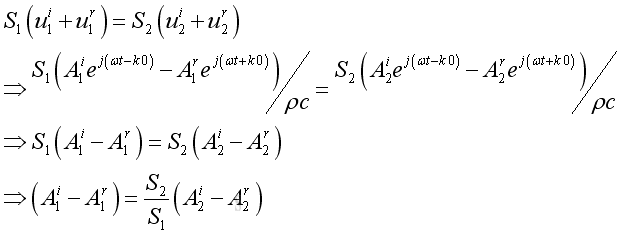
pressure continuity at x=L:
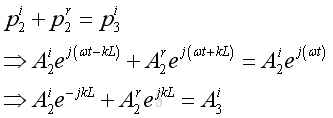
mass flow continuity at x=L:
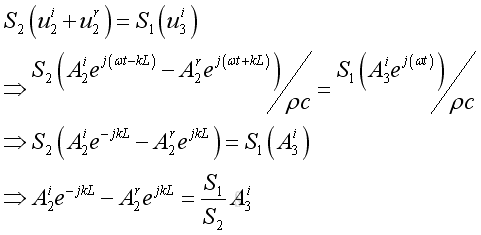
From the continuity conditions at x=0, imply
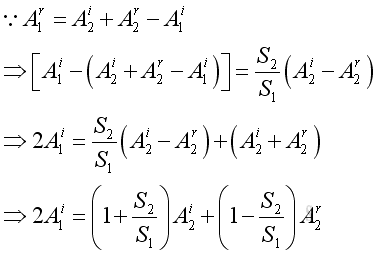
From the continuity conditions at x=L, imply
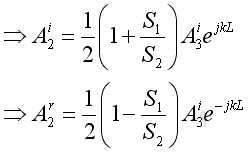
Equating two continuity conditions and get
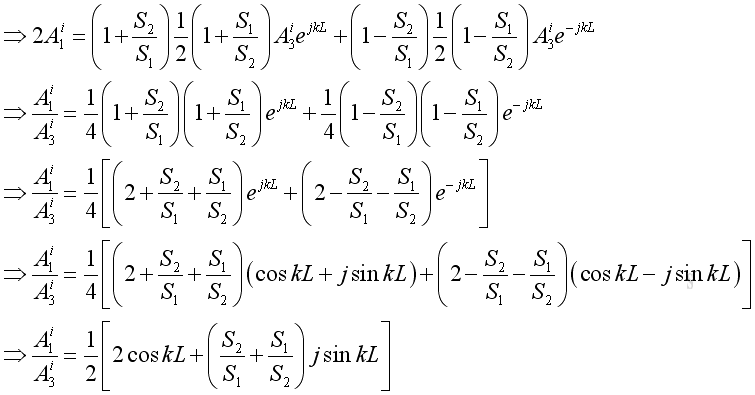
Equating two continuity conditions and get
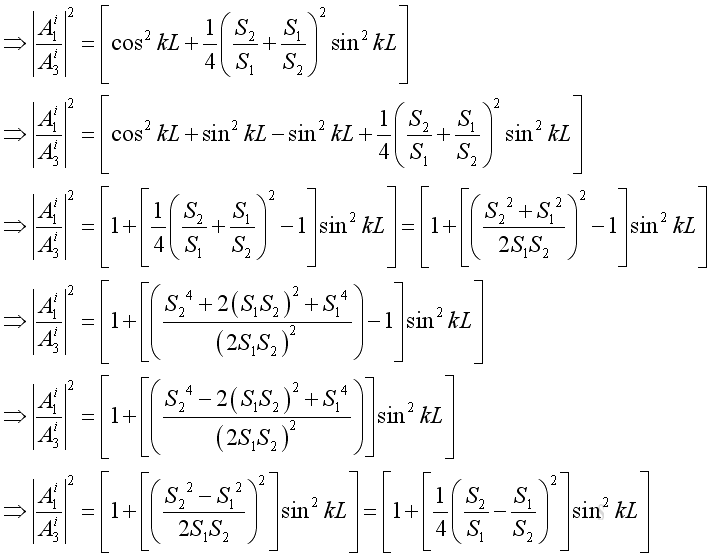
Transmission Loss
The transmission loss is:

From the transmission loss, the performance of a reactive silencer depends on the dimension of the the silencer and the operating frequency. When sinkL=0, there is no attenuation because of the resonance of the chamber. And because it is a square sin function, the attenuation varies with the operating frequencies. A larger cross sectional area ratio can increase the attenuation level without changing the resonance frequencies. Change of the length of the chamber only increase the number of resonance frequency. does not change the attenuation level..
©sideway
ID: 101000019 Last Updated: 10/19/2010 Revision: 0 Ref:
References
- Michael P. Norton; Denis G. Karczub,, 2003, Fundamentals of Noise and Vibration Analysis for Engieer
- G. Porges, 1977, Applied Acoustics
- Douglas D. Reynolds, 1981, Engineering Principles of Acoustics:; Noise and Vibration Control
- Conrad J. Hemond, 1983, Engineering Acoustics & Noise Control
- F. Fahy, 2001, Foundations of Engineering Acoustics
- D.A. Biew; C.H. Hansen, 1996, Engineering Noise Control: Theory and Practice
Latest Updated Links
- Rampage II Extreme(last updated On 8/23/2023)
- AVerMedia Live Gamer HD 2 - GC570(last updated On 7/16/2023)
- MagicPro ProHDTV(last updated On 7/15/2023)
- ROG STRIX Z690-A GAMING WIFI D4 CPU, BIOS, Chipset(last updated On 7/15/2023)
- Intel Core Processor(last updated On 7/14/2023)
- AVerMedia Live Gamer HD 2 - GC570(last updated On 7/13/2023)
- R2E Document(last updated On 7/11/2023)
- R2E Driver and Utility(last updated On 7/10/2023)
- R2E CPU, BIOS, Chipset(last updated On 7/9/2023)
- ASRock X58 Deluxe(last updated On 7/8/2023)
- ASRock X58 Deluxe(last updated On 7/7/2023)

 Nu Html Checker
Nu Html Checker  53
53  na
na  na
na
Home 5
Business
Management
HBR 3
Information
Recreation
Hobbies 8
Culture
Chinese 1097
English 339
Reference 79
Computer
Hardware 249
Software
Application 213
Digitization 32
Latex 52
Manim 205
KB 1
Numeric 19
Programming
Web 289
Unicode 504
HTML 66
CSS 65
SVG 46
ASP.NET 270
OS 429
DeskTop 7
Python 72
Knowledge
Mathematics
Formulas 8
Algebra 84
Number Theory 206
Trigonometry 31
Geometry 34
Calculus 67
Engineering
Tables 8
Mechanical
Rigid Bodies
Statics 92
Dynamics 37
Fluid 5
Control
Acoustics 19
Natural Sciences
Matter 1
Electric 27
Biology 1
